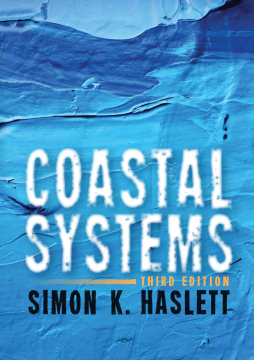
Additional Information
Book Details
Abstract
Where oceans, land and atmosphere meet, three dynamic forces contribute to the physical and ecological evolution of coastlines. Coasts are responsive systems, dynamic with identifiable inputs and outputs of energy and material. In chapters illustrated and furnished with topical case studies from around the world, this book establishes the importance of coasts within a systems framework - waves, tides, rivers and sea-level change all play critical roles in the evolution of our coasts.
Table of Contents
| Section Title | Page | Action | Price |
|---|---|---|---|
| Front Cover | Front Cover | ||
| Title Page | iii | ||
| Copyright Page | iv | ||
| Dedication | v | ||
| Contents | vii | ||
| List of plates | ix | ||
| List of figures | xi | ||
| List of tables | xiv | ||
| List of boxes | xv | ||
| Author’s preface to the first edition | xvii | ||
| Author’s preface to the second edition | xix | ||
| Author’s preface to the third edition | xxi | ||
| Acknowledgements | xxiii | ||
| Introduction | 1 | ||
| 1. Coastal systems: definitions, energy and classification | 3 | ||
| 2. Wave-dominated coastal systems | 19 | ||
| 3. Tidally-dominated coastal systems | 71 | ||
| 4. River-dominated coastal systems | 107 | ||
| 5. Sea level and the changing land-sea interface | 131 | ||
| 6. Coastal management issues | 157 | ||
| Conclusion | 177 | ||
| Glossary | 179 | ||
| Further reading | 195 | ||
| Videos by the author | 201 | ||
| Bibliography | 203 | ||
| Index | 219 | ||
| Back Cover | Back Cover |
